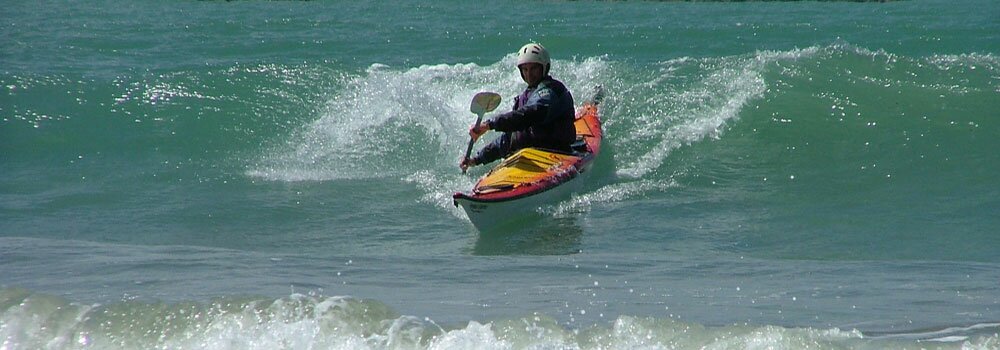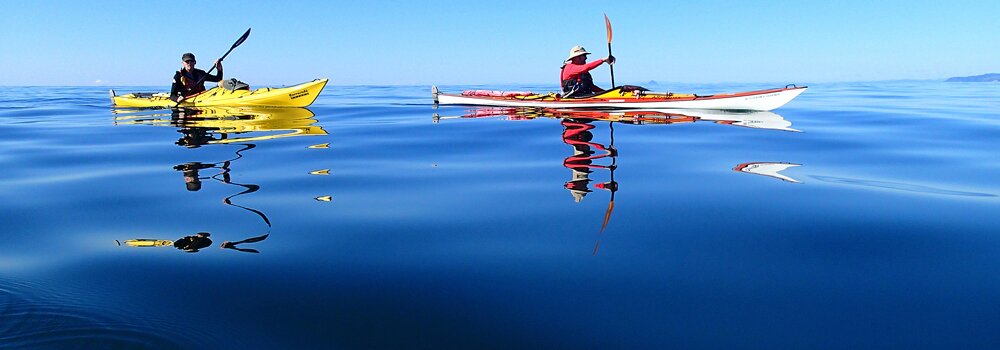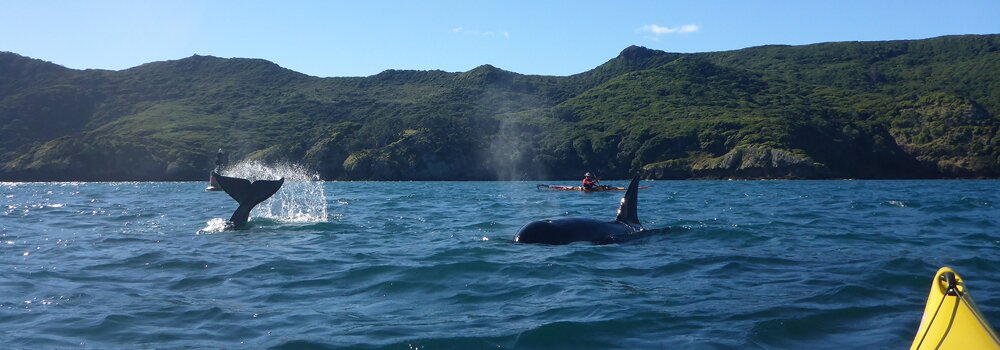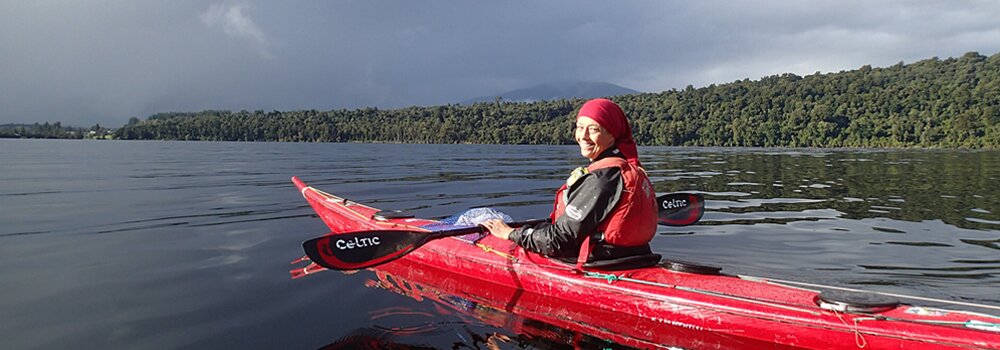Paddling for Disabled
This section of our website aims to provide a resource dedicated to adaptive paddling, with links to other adaptive paddling resources. As our knowledge grows, so will the web page.
At the 2007 KASK AGM the membership resolved to make the 2009 KASK forum accessible to paddlers with disabilities, providing a suitable location is available and an adequate risk management plan is in place. KASK will also work with other organizations to train instructors who are able to teach adaptive paddling.
It’s possible that disability affects most people in New Zealand, whether it’s you, someone in your family or someone you know. Adaptations which remove the barriers to paddling make it possible to start or continue with sea kayaking. You might have to find a different way to get in the boat or get to the water but once you are get there, you’ll be able to access areas where the wheelchair can’t go.
Kayaking with an impairment
Kayaking is a sport with an easy entry level for people with disabilities. Kayaking is mostly about technique rather than strength. For people with leg impairments, on the water your legs are as good as anyone else’s. For people with other impairments, sit-on and sit-in kayaks can easily be adapted to provide the necessary support.
“People looking at us just see two people paddling. They’re not thinking ‘There’s a paraplegic having a go.’ “(First-time paddler.)
Disabled paddlers have the same issues as anyone else:
- Finding the right boat and fitting it out
- Getting the boat to the water
- Getting into the boat without falling over
- Having the right safety equipment
- Having the necessary skills for paddling and rescue
Disabled paddlers have the same goals as any other paddler:
- improving paddling skills
- learning rescue skills
- learning navigation
- trip planning
- risk management
The Most Important Item
No matter what anyone would like, the most important thing before going further is, how does any disabled paddler get back in their kayak after a capsize. If they can’t and if those paddling with them haven’t the skills or strength, then kayaking should not be considered.
Adaptive Paddling Sites
Chosen Valley Creating Ability – They have seating, kayaks and hand adaptors
It’s one thing to be able to hold a paddle, and another thing to be able to pull it through the water. They manufacture a range of adaptations designed to provide the grip you need while still enabling you to drop the paddle quickly. All of the grips mount to standard kayak paddles with a 1-1/4″ shaft diameter.
Disabledadventurers
Equal Adventure adaptive support for kayakers
Kayak Zak’s Adaptive Paddling ~ adaptive kayak program in Northwest California.
A site worth looking at is AdaptivePaddlers
For more Adaptive Paddling hints there is the book Canoeing and Kayaking for Persons with Disabilities Instruction Manual from the American Canoe Association (ACA) by Janet Zeller and Anne Worthem Weber.
See also Outfitting A Kayak For Paddlers With A Disability by Mark Theobald of DisabledAdventurers.com
KASK's aims are to:
1. Promote and encourage the sport of sea kayaking2. Promote safety standards
3. Develop techniques and equipment
4. Deal with issues of coastal access and protection
5. Organise sea kayak forums around the country
6. Publish the Sea Canoeist Newsletter and the KASK Handbook




